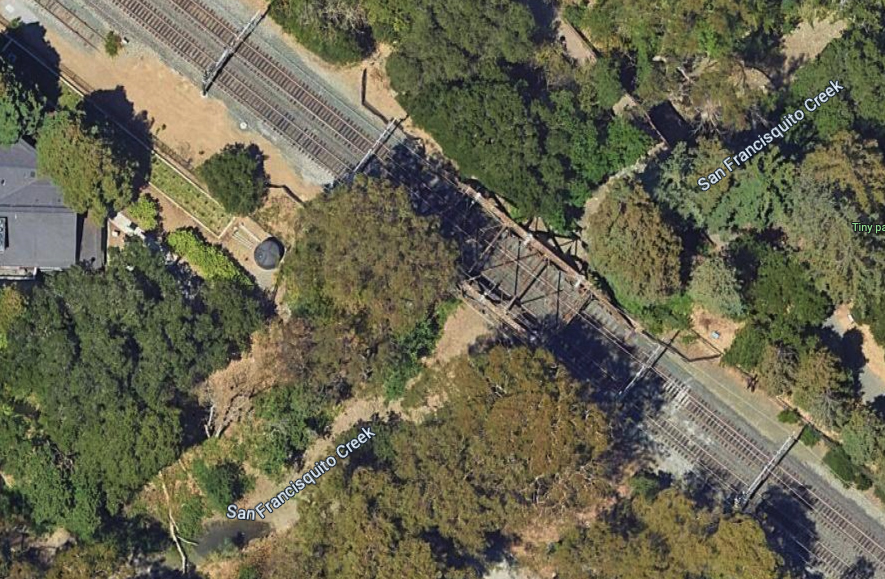
MENLO PARK, Calif. — Efforts by Caltrain to shore up a bridge on the commuter rail line threatened by erosion along a creek have been stalled by the complex gauntlet of governmental agencies that must approve the work, meaning repairs will not occur before another rainy season arrives with the potential of further erosion that could threaten the stability of the bridge.
A weekly newspaper on the San Francisco Peninsula, the Almanac, reports the issues with erosion along San Francisquito Creek were discovered lsat spring. Caltrain and the communities of Menlo Park and Palo Alto subsequently agreed on the division of costs for a $6.5 million project to stabilize the creek’s north bank to support Caltrain’s bridge, as well as one for an adjacent bike path, and Caltrain hired a contractor to do the work while also applying for permission to act from a variety of state and federal agencies.
However, with the work ready to begin, the U.S. Army Corps of Engineers told Caltrain it wanted the state’s preservation office to also give its approval, and — because the presence of endangered species means the work will not be allowed during winter months — the resulting delay means the repairs now can’t take place until June 2024.
Robert Barnard, Caltrain’s deputy chief for rail development, called the delay “disheartening” at a meeting of the meeting earlier this month of Caltrain’s parent agency, the Peninsula Joint Powers Board. And it means that the commuter rail operator will have to be ready with emergency measures to stabilize the bridge this winter if further erosion occurs during heavy rains. “The team will be ready to act to implement a temporary bank stabilization solution,” Barnard said, ‘and we’re working with the Army Corps of Engineers and regulators as to what that might be.”
Board members, while agreeing that Caltrain needs to come up with a plan that can be enacted without further board approval, made it clear they were unhappy with the regulatory delay. “It puts our ridership, our organization, our staff, and the operations of Caltrain at risk,” said board member Jeff Gee.






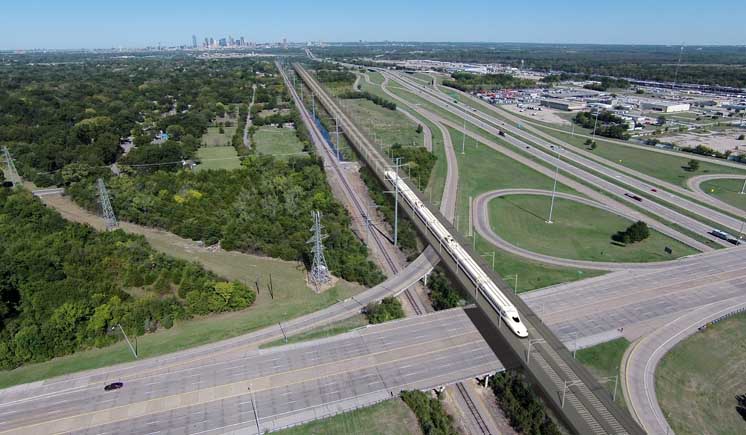
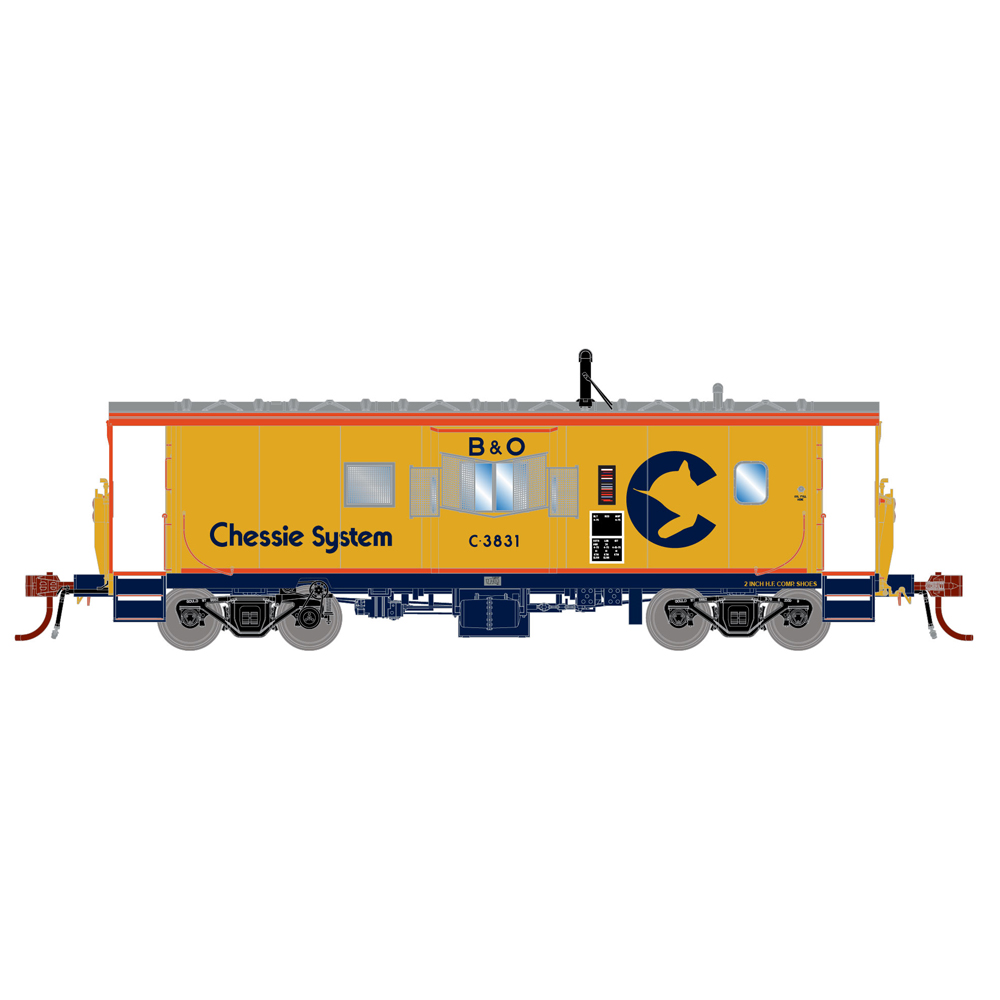
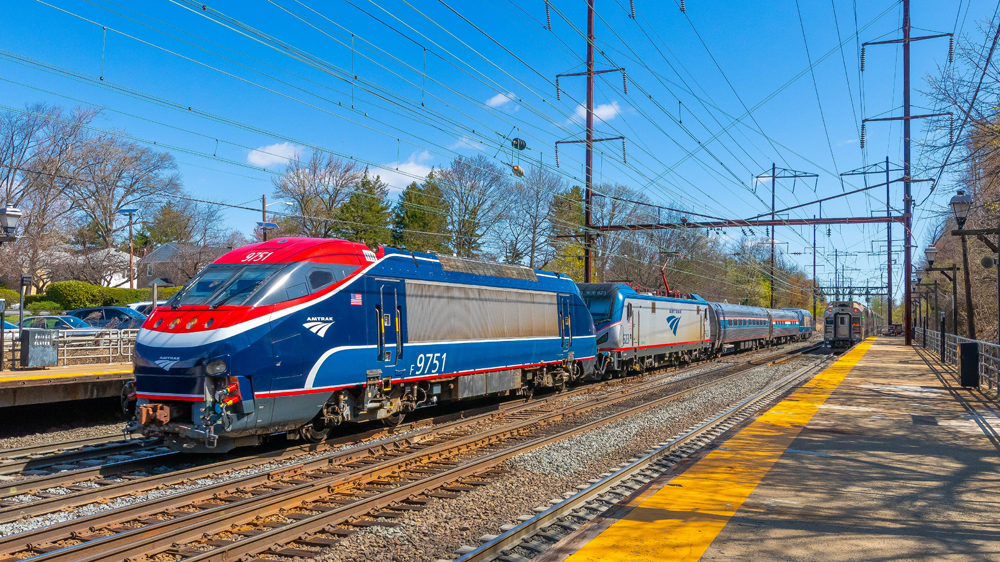
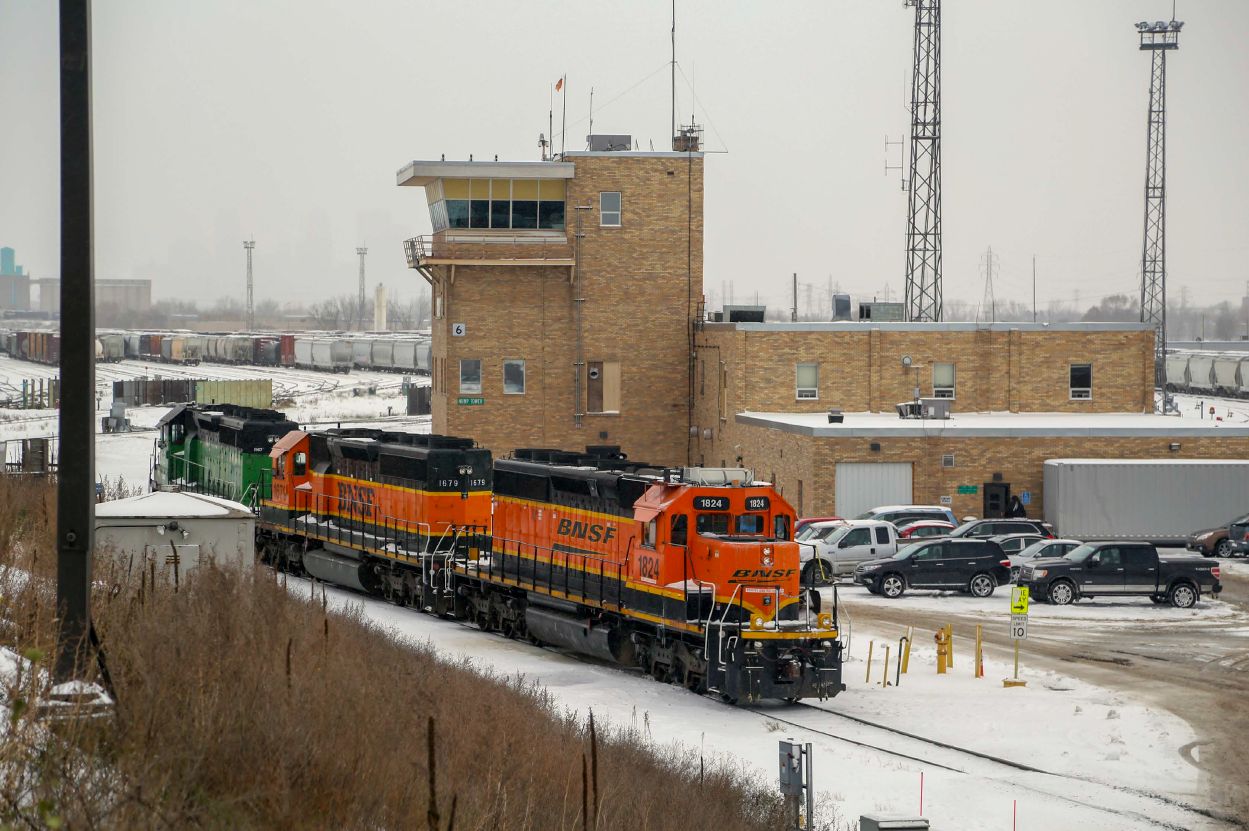




Those who trust the government to do the right thing are fools.
Fortunately the US Army COMBAT Engineers are not so obstructionist. They have been known to parachute a tank-capable bridge where needed. No permits, environmental studies or consultants when under fire. (tactical bridges are kits; you parachute the components.)
You just got to LUV this. Government project being held up Government bureaucracy that was created by Government agencies from Government laws. Who couldn’t see this coming.
And you wonder why little or nothing in the private sector get’s done. It’s getting to the point that to set up a lemonade stand in front of you house for your 9 year old to run requires a permitting process that weeks/months and the rule book is 200 pages thick. Think how thick the book is for building a factory would be. Probably have to pick it up with a fork lift because it weighs so much. No wonder business is moving out of this country.
Let’s hope that government over regulation and red tape as well as unnecessary delays doesn’t result in a major disaster or tragedy if this bride suddenly collapses without warning and especially if a train loaded with passengers is going over it. These repairs must be made immediately and without delay . Hundreds of lives hang in the balance while a political game of stalling and overregulation plays out.
Joseph C. Markfelder
Please, The managers know the local by-laws, the State laws and the Federal laws, this is just poor management. They know the permitting process, we all do. Permitting is always the top of the terms of reference in a RFP or quote for services.
As that Nobel Prize winning economist Friedrich Hayek noted in The Road to Serfdom, Every time we look to the government to fix something we make society less livable more brutal and more despotic.
Next time someone (gov’t bureaucrat, enviro activist) tells you that a species is endangered, ask them exactly how they know that? Have they walked every foot of every habitat from Key West to Nome, Maine to American Samoa, San Franscisco to Charlotte Amalie.
I remember when the gov’t told us we were down to 87 bald eagles. No one asked where that statistic came from.
Unfortunately, a Congressional Declaration of War might overrule everything, allowing various override orders. How when the then War Department took over the railroads in Dec. 1917 they overrode the ICC and put an immediate 10% rate INCREASE in effect. The ICC minutes later sought an injunction against the increase but were summarily kicked out of court. This story is in Railroads Triumphant by Albro Martin.
I hope I’m not giving Biden any ideas..
All service over the bridge should be suspended until the bureaucrats get their acts together.
If I’m not mistaken, Menlo Park is in San Mateo County and Palo Alto is in Santa Clara County. That would mean the bridge spans the county line, which, though not mentioned in the article, probably has added to the red tape.
Welcome to Commie-fornia.
“However, with the work ready to begin, the U.S. Army Corps of Engineers told Caltrain it wanted the state’s preservation office to also give its approval,…” read the article.
The US Army Corps of Engineers is know for being bureaucratic and is always trying to expand its control. It is regularly involved in court cases for its decisions. The last recent big one led to the US Supreme Court denying its claim that the navigable waters act gave the Corp the right to regulate all standing or occasionally present waters.
I did, Mark. I worked in California for 25 years dealing with CEQA, NEPA, ESA, CWA, the RWQCB, et. al. Tier diesel engines? CARB.
What starts in California becomes the norm in the US.
It’s even worst Chris, the previous government here in Ontario I mentioned modelled a lot of their environmental policies after California.
At least we were smart enough to relegate them to non party status.
We are gonna “red tape” us out of existance.
How about grandfathering the original permitting requirements rather than rewriting the “rules” to fit a political agenda?
Government is the problem, not the solution.
I’m reminded of former Wisconsin Gov. Jim Doyle, who got not too many votes in Waukesha County. It seemed that every project in Republican-leaning Waukesha County was delayed by the state government because of some allegedly endangered critter, a snail or a snake or something, I forget. Which BTW wasn’t on the federal endangered species list.
In a meeting about one of the projects, I said that if the little thing was all over Waukesha County it couldn’t have been all that rare. Didn’t go over real well.
Moral of the story: when the government tells you what day of the week it is, check your cell phone. They might be telling the truth, happens on occasion.
Same thing here Charles, the last provincial government was anti highway, it was a career ender for any manager to even mention the word highway expansion.
The local government wanted to have traffic lights installed at a rural interchange at their (our) expense and enhance the two east side ramps. Had to abandoned one west side ramp that was not even included in the revamp and add it to the east side of the interchange. Added millions to the project all because of a few birds that wouldn’t have there nesting disturbed but they were within the construction zone. And just over the fence, there were lots of trees for the birds.
Oh the joys of red tape.